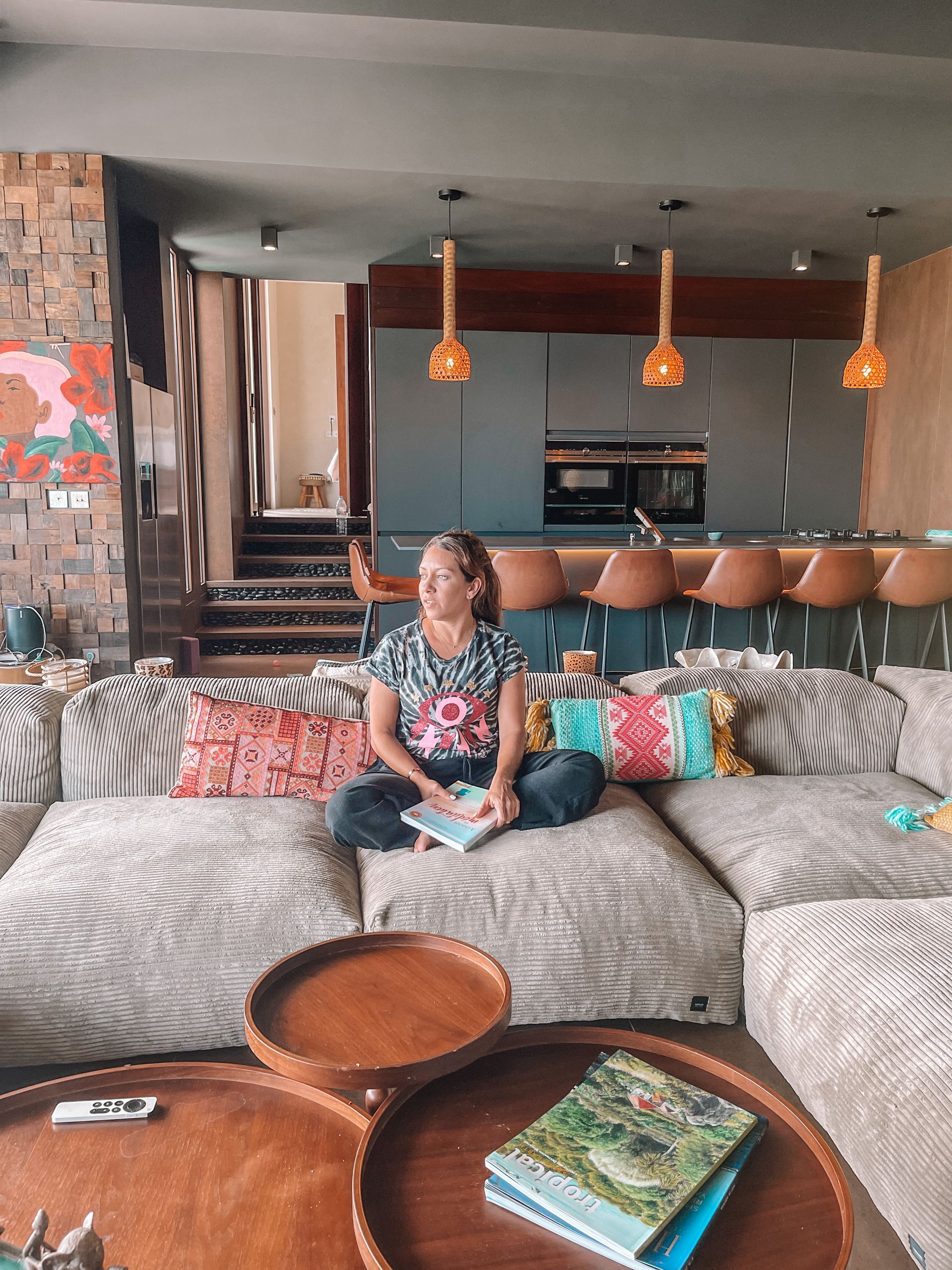Pranayama - The Power of the Breath: How to Breathe for Energy and Relaxation

Understanding Pranayama
First of all, what is pranayama?
The word "pranayama" is made up of two Sanskrit words: "prana", meaning vital energy, and "ayama", meaning control.
Pranayama is the control of vital energy through the breath.
It's an ancient practice that has been an inherent part of yoga for thousands of years.
The basic idea underlying pranayama is that breathing is more than just an automatic act. It's a bridge between body and mind. And by adjusting the way you breathe, you can influence your mental state, your energy levels and even your health.
Pranayama techniques for energy
Now let's get to the heart of the subject with some Pranayama techniques to energize you.
You know those days when you need a natural boost to face the world.
1. **Belly breathing**: Sit comfortably with one hand on your chest and the other on your abdomen. Breathe deeply, expanding your belly as you inhale. This increases the amount of oxygen you inhale, revitalizing your body.
2. **Alternate breathing**: This technique consists of alternately blocking one nostril while inhaling and exhaling. It balances the two sides of your brain, boosting your concentration and energy.
3. **Breath of fire (Kapalabhati)**: This technique is a little more advanced. It consists of a series of short, rapid breaths, followed by a powerful exhalation. It eliminates toxins, stimulates your nervous system and gives you a burst of energy.
Pranayama techniques for relaxation
On the other hand, there are times when all you want is inner peace and relaxation.
Pranayama can help you achieve this too. Here are a few techniques to calm your restless mind.
1. **Deep breathing**: Lie on your back. Inhale deeply through your nose, expanding your abdomen, then exhale slowly through your mouth. This technique calms your nervous system and reduces stress.
2. **Four Count Breathing (Sama Vritti)**: This is a balanced breathing pattern in which inhalation and exhalation are both four beats long. This creates a regular rhythm that calms your mind.
3. **Ujjayi breath**: This technique involves breathing softly and silently through your throat. Imagine the gentle sound of ocean waves. This creates a state of relaxation and concentration.
Practice cardiac coherence: a relaxation bonus
Cardiac coherence is a breathing technique that aims to harmonize your heart rate with your breathing. It is scientifically proven to reduce stress and promote relaxation.
Here's how to practice it:
1. Sit in a comfortable position and close your eyes.
Breathe slowly and evenly, counting 5 seconds for the inhalation and 5 seconds for the exhalation.
3. Focus on your heart and visualize it beating in harmony with your breath.
4. Repeat for 5 to 10 minutes.
Cardiac coherence is a great way to calm the mind and reduce stress, even when you only have a few minutes to relax.
Techniques combos
Another interesting tip is to combine these Pranayama techniques for an even more powerful effect. For example, start with the breath of fire to increase your energy, then move on to deep breathing to relax. Play around with different combinations to see what works best for you.
Now, a few tips for safe Pranayama practice:
- Listen to your body: Pay attention to how you feel during practice. If you feel dizzy, stop immediately.
- Be consistent: The key to pranayama is consistency. Try to practice everyday even if it's just for a few minutes.
-Respect your level: Not all techniques are suitable for everyone. If one technique makes you feel uncomfortable, choose another one.
- Start slowly: If you're a beginner, start with simple techniques and gradually work your way up to more advanced ones.
Pranayama and daily life
Pranayama is not only on your yoga mat. You can integrate it into your daily life to manage stress, improve concentration and boost energy.
For example, deep breathing is perfect when you're stuck in traffic or need to calm down before a stressful meeting. Alternate breathing can be useful for recharging your energy in the middle of the day. And cardiac coherence can help you fall asleep more easily.
Bottom line: the breath is your buddy.
You can use it to energize your busy day, or to relax deeply when stress overwhelms you.
So take a break, sit back and start exploring these pranayama techniques. Your breath can become your best friend on your journey, guiding you towards a state of well-being and serenity. Breathe deeply, breathe freely, and enjoy every moment of your inner journey. Namaste!






